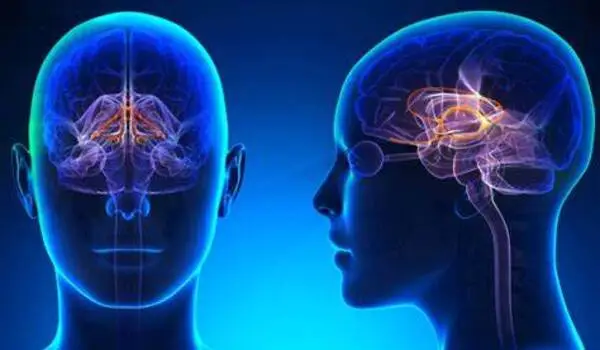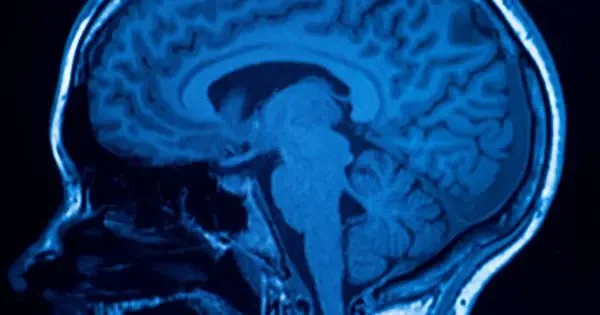Traumatic memories have the ability to remodel the brain. Trauma, whether physical, emotional, or psychological, can have a significant impact on brain structure and function. This is because the brain has an extraordinary ability to adapt and change, a phenomenon known as neuroplasticity.
Fear conditioning was discovered to cause learning-specific changes in neuronal network activity in the dorsal region of the medial prefrontal cortex of mice. This paper highlights the use of integrated methodologies for detailed imaging of neural network dynamics and proposes ways that could be utilized to learn more about the neurological changes involved with learning and memory.
Scientists have long wondered about the physical changes in the brain that occur when a new memory is formed. The National Institute for Physiological Sciences (NIPS) has now thrown light on this enthralling neurological conundrum.
The research team succeeded in detecting the brain neuronal networks involved in trauma memory by using a novel method that combines optical and machine-learning-based approaches, capturing the complex changes that occur during memory formation and uncovering the mechanisms by which trauma memories are created, according to a study recently published in Nature Communications.
We successfully detected a neural population that encodes fear memory. Our analyses showed us that fear conditioning induced the formation of a fear-memory neural network with ‘hub’ neurons that functionally connected the memory neurons.
Masakazu Agetsuma
Animals must learn to adapt to changing conditions in order to survive. Associative learning, which includes classical conditioning, is one of the most basic types of learning and has received a lot of attention in the last century. Technological advances in molecular, genetic, and optogenetic technologies have enabled the identification of brain areas and specific populations of neurons that control the construction and retrieval of new associative memories over the previous two decades.
In rodents, for example, the dorsal section of the medial prefrontal cortex (dmPFC) is crucial for retrieving associative fear memory. However, the method neurons in this region encode and recall associative memory is poorly known, which is what the research team set out to solve.
“The dmPFC shows specific neural activation and synchrony during fear-memory retrieval and evoked fear responses, such as freezing and heart rate deceleration,” explains lead author Masakazu Agetsuma. “Artificial silencing of the dmPFC in mice suppressed fear responses, indicating that this region is required to recall associative fear memory. Because it is connected with brain systems implicated in learning and associated psychiatric diseases, we wanted to explore how changes in the dmPFC specifically regulate new associative memory information.”

To assess how brain activity changes in the mouse prefrontal cortex following learning in a fear-conditioning paradigm, the researchers used longitudinal two-photon imaging and other computational neuroscience tools. Prefrontal neurons have highly complicated behavior, with each cell responding to a variety of sensory and motor inputs. To address this intricacy, the researchers created a new analytical method based on the ‘elastic net,’ a machine-learning algorithm, to determine which neurons encode fear memories. They then used graphical modeling to examine the spatial layout and functional connections of the neurons.
“We successfully detected a neural population that encodes fear memory,” Agetsuma states in a press release. “Our analyses showed us that fear conditioning induced the formation of a fear-memory neural network with ‘hub’ neurons that functionally connected the memory neurons.”
Importantly, the researchers discovered direct evidence that associative memory formation was accompanied by a novel associative connection between two previously distinct networks, namely the conditioned stimulus (CS) network and the unconditioned stimulus (US) network. “We propose that this newly discovered connection might facilitate information processing by triggering a fear response (CR) to a CS (i.e., a neural network for CS-to-CR transformation).”
Long assumed to be produced by the strengthening of brain connections, which are strengthened by the repetitive activation of groups of neurons, memories have long been thought to be generated. The current study’s findings, which were based on both real-life observations and model-based research, support this. Furthermore, the research shows how to employ coupled methodologies (optics and machine learning) to view the dynamics of neural networks in great detail. These strategies could be utilized to understand more about the brain changes that occur during learning and memory.
















